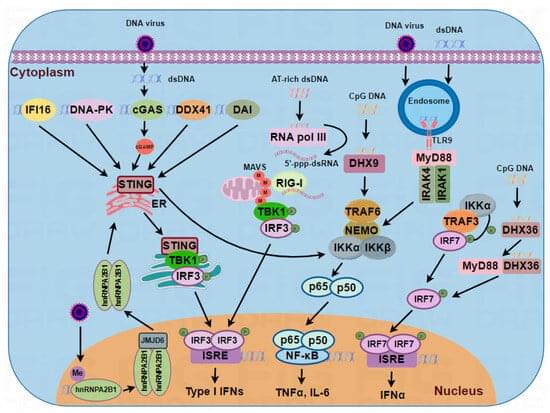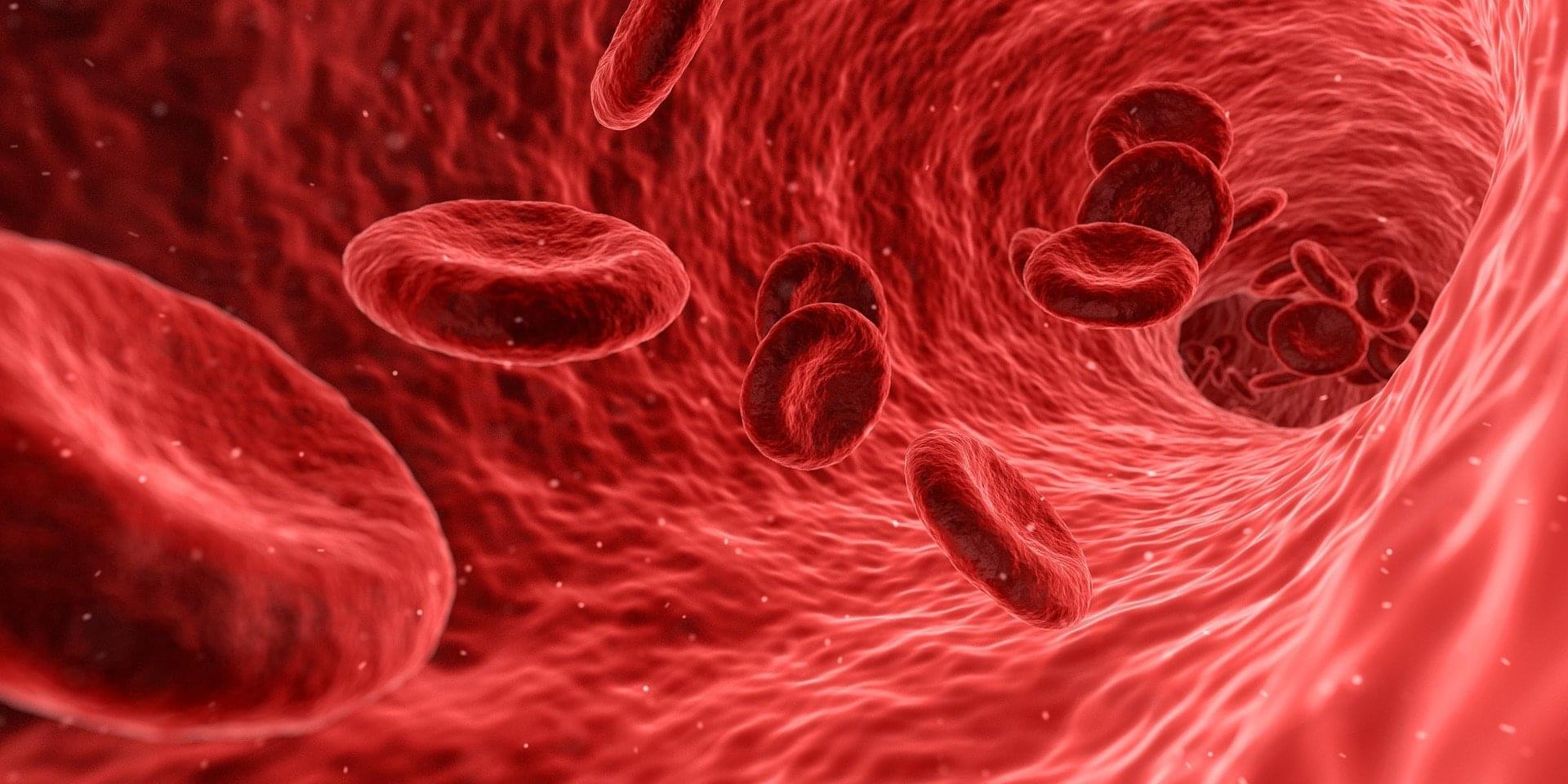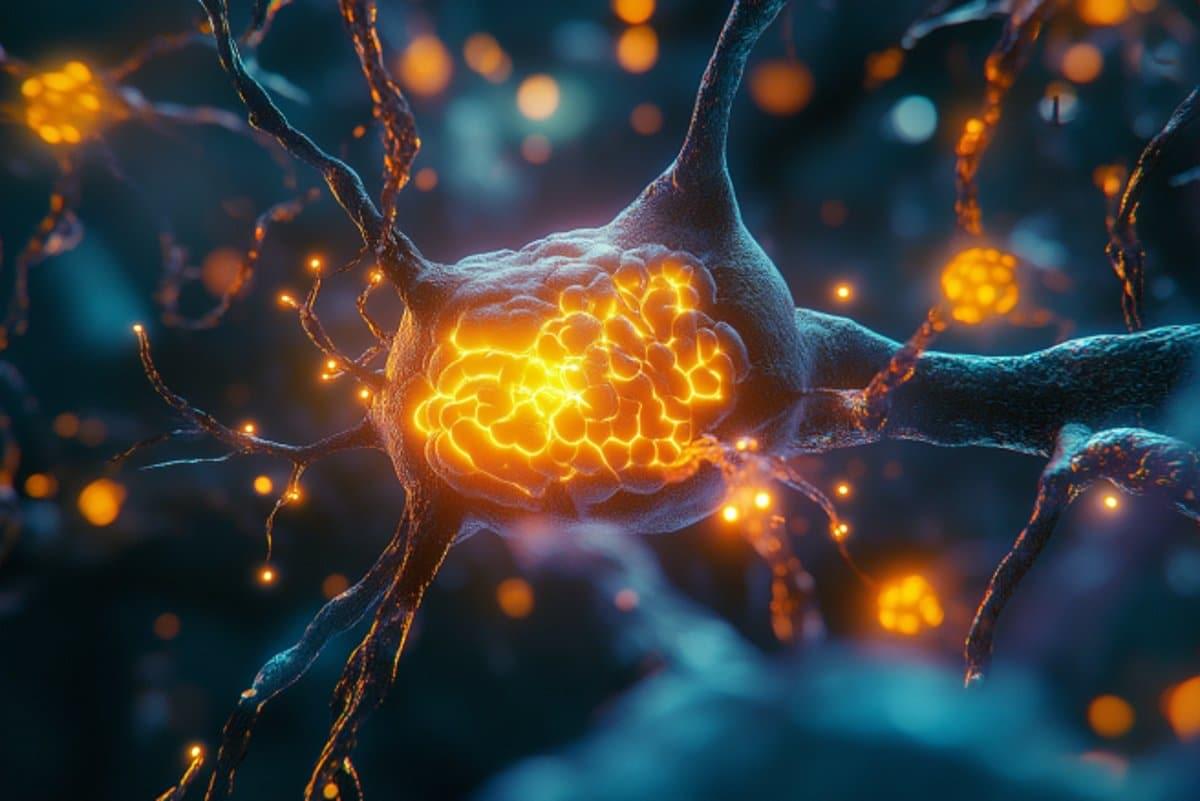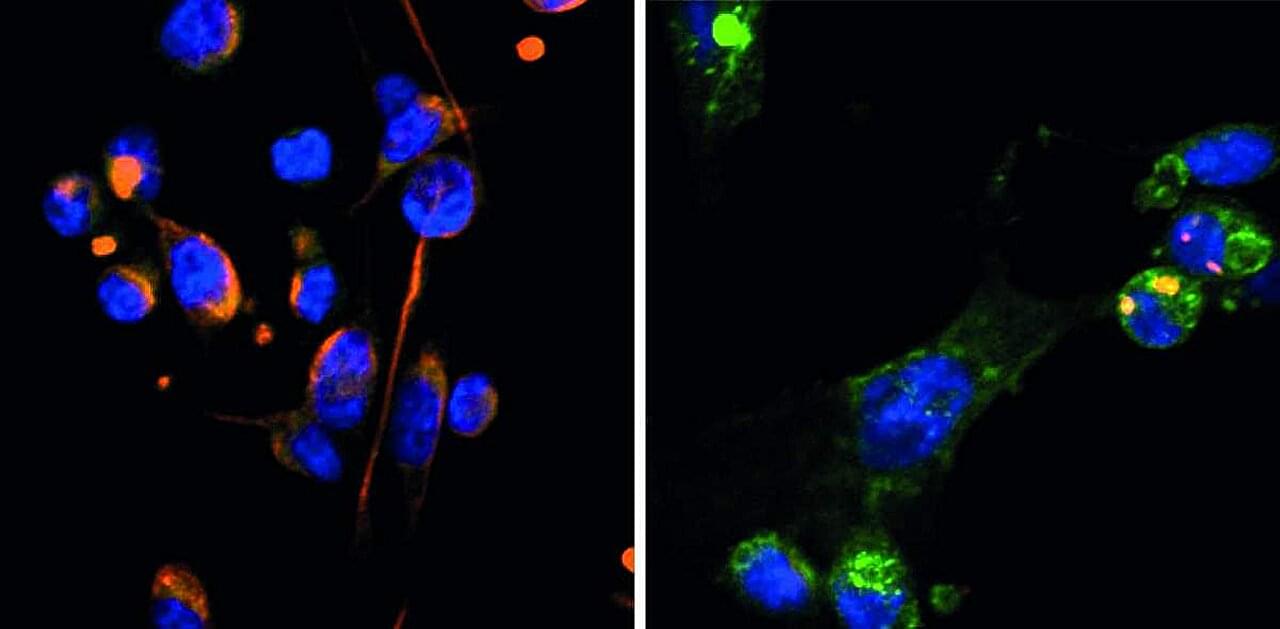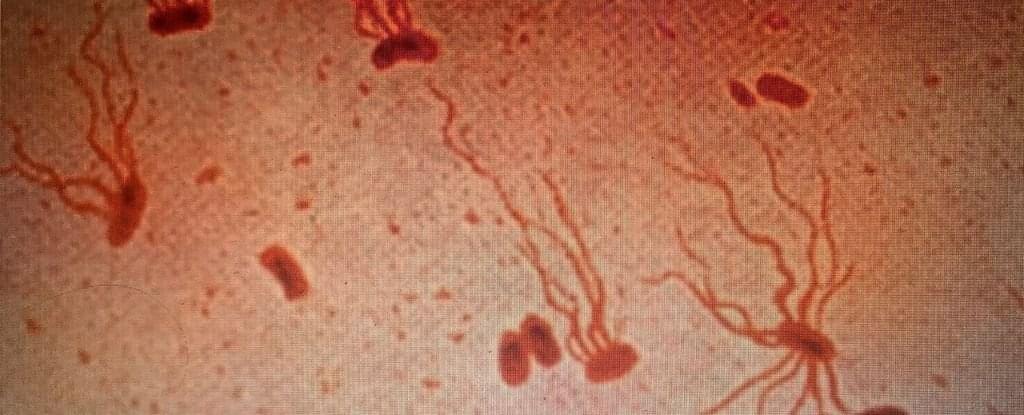During viral infection, the innate immune system utilizes a variety of specific intracellular sensors to detect virus-derived nucleic acids and activate a series of cellular signaling cascades that produce type I IFNs and proinflammatory cytokines and chemokines. Kaposi’s sarcoma-associated herpesvirus (KSHV) is an oncogenic double-stranded DNA virus that has been associated with a variety of human malignancies, including Kaposi’s sarcoma, primary effusion lymphoma, and multicentric Castleman disease. Infection with KSHV activates various DNA sensors, including cGAS, STING, IFI16, and DExD/H-box helicases. Activation of these DNA sensors induces the innate immune response to antagonize the virus. To counteract this, KSHV has developed countless strategies to evade or inhibit DNA sensing and facilitate its own infection. This review summarizes the major DNA-triggered sensing signaling pathways and details the current knowledge of DNA-sensing mechanisms involved in KSHV infection, as well as how KSHV evades antiviral signaling pathways to successfully establish latent infection and undergo lytic reactivation.
